This article was co-authored by Anthony Stark, EMR. Anthony Stark is a certified EMR (Emergency Medical Responder) in British Columbia, Canada. With over 11 years of experience, he has worked as an industrial medic and provided urban and rural paramedic services. He currently works for Mountain View Safety Services and previously worked for the British Columbia Ambulance Service. Anthony has a Bachelor of Engineering in Electrical, Electronics, and Communications Engineering from the Georgia Institute of Technology. He has completed the EMP Canada EMT Course and Swiftwater Awareness Training associated with the British Columbia Ambulance Service.
There are 11 references cited in this article, which can be found at the bottom of the page.
This article has been viewed 65,742 times.
How you treat a wound caused by being impaled by an object differs depending upon the severity of the wound. If the object is small and only in the surface of the skin, you can remove and clean it yourself. But if it is deeply embedded, do not remove it. Call emergency responders immediately.[1]
Steps
Dealing with a Serious Wound
-
1Call emergency responders if the object is deep. If the object is large or deeply embedded in the skin or muscle, removing it may cause additional damage. It may also cause the person to bleed severely. Call an ambulance for severe injuries such as:[2]
- Gunshot wounds
- Knife wounds
- Construction accidents
- Any penetrating injury
- Injuries from metal or glass caused by a car accident
- Injuries to an eye
- Injuries that are deep and dirty
-
2Control the bleeding while you wait for an ambulance. If you are bleeding heavily, try to prevent yourself from losing too much blood. If possible, you can do this by:[3]
- Not removing the object. Doing so may cause the bleeding to increase and should be done by a doctor. Instead, you can try to reduce the bleeding by pressing around the object. Be careful not to push the object deeper inside, but to instead try to hold the edges of the wound together.
- Elevating the wound above the heart. If the wound occurred on an arm or leg, lie down. Prop the arm or leg up on a pile of pillows.
Advertisement -
3Stabilize the object in the wound. If the object is large and heavy, such as a knife or other object that may move, it needs to be kept still. If the object moves inside you, it may do additional damage. You can stabilize the object by carefully bandaging the wound.[4]
- Build up a layer of support around the object using clean gauze that is rolled to increase stability. Tape across the rolled gauze in a "log cabin" method (horizontal lines of tape overlapping at ninety degree angles). This will give the support much needed height to increase stabilization.
-
4Monitor yourself for shock. Losing a lot of blood can cause a person to go into shock. Shock can be fatal because the circulatory system fails to deliver blood and oxygen to the person’s organs.[5]
- The following symptoms are signs of shock: Paleness; cold, clammy skin; fast, shallow breathing; vomiting; yawning and sighing; thirst.
- If you think you (or someone you are treating) are going into shock, call emergency responders and update them on the situation. If you can, lie down and raise your legs above your head. Cover yourself so you will stay warm and ask someone to talk to you to keep you awake. Do not eat or drink anything.
-
5Follow the instructions when the ambulance arrives. Depending upon the severity of your wound, you may be transported to a hospital and treated there. Tell the medical staff as much as you remember about how the injury occurred.
- After you are treated, your doctor may recommend you get a tetanus shot if it has been more than five years since you had one or if the wound was dirty.[6]
-
6Protect yourself from diseases if you are treating someone else. Blood can transmit infectious diseases such as HIV. The best way to protect yourself and the injured person, is to wear protective gear. This protects you from any diseases they may have and protects them from any diseases you may have.[7]
- Wear latex gloves if you will be touching a bloody wound.
- Wear masks, eye and face shields, and protective aprons if there are splashes of blood.
- Wash your hands after you remove the gloves. Wash all surfaces that came in contact with blood or other bodily fluids.
- If the person was injured with a sharp object, be careful not to cut yourself as you treat the wound.
- If at any point your protective gear becomes compromised while you treat another person, take a moment to replace it.
Removing Small Objects
-
1Wash the wound. Use clean soap and water to wash your hands and the area around the small embedded object, wiping away from the site of the injury. This will minimize the risk that you will introduce dirt and bacteria into the wound as you remove the object.[8]
- Examine the wound to verify that the object is just beneath the surface of the skin. Chances are you will be able to see it and feel it. If it is a splinter of wood, it may even be poking out slightly. If possible, use a magnifying glass to help you see exactly how it is positioned in your skin.
-
2Sterilize a set of tweezers. You can do this by wiping them with rubbing alcohol. The alcohol will evaporate immediately afterwards.[9]
- The alcohol does not need to be washed off.
-
3Grip the object with the tweezers. Gently pull it out using the same path through which it entered. Pull firmly but gently.
- Do not make sudden jerky movements or twist the object. Doing so will make the wound larger.
- If the object is difficult to remove, soaking the site in warm saline water or water with a splash of vinegar for a few minutes can help the object to work its way to the surface.
-
4Wash the wound again after the object has been removed. This will clean the area where the object was. Run the wound under clean water and gently wash it with soap.
- Inspect the wound to make sure there are no foreign particles left in the wound.
- Gently dry the wound. Do not scrub hard because once the wound has been cleaned, you want to allow it to close and heal.
-
5Apply an over-the-counter topical antibiotic ointment. This will help prevent infection. These ointments (Neosporin, Polysporin) are available at local pharmacies.[10]
- Cover the wound with a bandage. This will prevent dirt and bacteria from getting into the wound as it heals.
- Monitor the wound for signs of infection. If the pain increases or the wound swells, becomes hot, turns red, or leaks pus, call your doctor.
-
6Check when you had your last tetanus shot. If the wound was dirty, you may want to call your doctor and ask whether you should get a booster.[11]
- When you call, explain that you had a wound which you are concerned about. Tell the doctor when your last tetanus shot was.
Caring for the Wound During Healing
-
1Purchase materials for changing the dressing. If your wound has a bandage over it, you may need to change it and clean the wound regularly during healing. You can buy the supplies you will need at your local pharmacy. Your doctor should be able to give you a list of what you will need. This may include: [12]
- Sterile gauze
- Tape
- Adhesive bandages or elastic bandages
- Antibacterial soap/surgical soap
-
2Change the bandage at least once per day. If the bandage gets wet or dirty, change it right away. This will help prevent infection.[13]
- Follow your doctor's instructions for washing the wound, applying any medications, and bandaging it.
- If you are worried about your ability to take care of the wound properly, ask your doctor about visiting nurses services. It may be possible for a nurse to visit you daily to change the bandage.
-
3Inspect the wound for signs of infection. Each time you change the bandage, examine the wound closely to see if it is healing. Call the doctor right away if you notice any of the following signs that it may be becoming infected:[14]
- Increasing pain
- Redness
- Swelling
- Heat
- Draining pus or other fluids
- Throbbing at the wound site
- Red streaks radiating from wound site
References
- ↑ http://www.mayoclinic.org/first-aid/first-aid/basics/art-20056604
- ↑ http://www.mayoclinic.org/first-aid/first-aid/basics/art-20056604
- ↑ http://www.mayoclinic.org/first-aid/first-aid/basics/art-20056604
- ↑ http://www.mayoclinic.org/first-aid/first-aid/basics/art-20056604
- ↑ http://www.nhs.uk/Conditions/Accidents-and-first-aid/Pages/Introduction.aspx#shock
- ↑ https://www.nhs.uk/common-health-questions/accidents-first-aid-and-treatments/do-i-need-a-tetanus-jab-vaccine-after-an-accident-or-injury/
- ↑ http://www.cdc.gov/mmwr/preview/mmwrhtml/00023587.htm
- ↑ https://www.rchsd.org/health-articles/splinters-2/
- ↑ https://www.rchsd.org/health-articles/splinters-2/#:~:text=The%20best%20way%20to%20do,Gently%20pull%20out%20the%20splinter.
- ↑ https://medlineplus.gov/druginfo/meds/a601098.html
- ↑ https://www.nhs.uk/common-health-questions/accidents-first-aid-and-treatments/do-i-need-a-tetanus-jab-vaccine-after-an-accident-or-injury/
- ↑ https://cert.vohrawoundcare.com/how-to-change-a-wound-dressing/
- ↑ https://cert.vohrawoundcare.com/how-to-change-a-wound-dressing
- ↑ https://patient.info/infections/wound-infection
About This Article
If you or someone near you has been wounded very seriously by an impaled object, call an ambulance right away. If the object is large or deeply imbedded in skin or muscle, don’t try to remove the object yourself, because this can cause more damage. Instead, control the bleeding by pressing around the object to hold the edges of the wound together and elevate the wound above the heart if you can. On the other hand, for a minor wound cause by a small object like a splinter, wash the wound with soap and water to minimize your risk of infection. Then, remove the object with tweezers that have been sterilized with rubbing alcohol. For more information from our Medical co-author, like including how to care for a wound as it heals, keep reading!
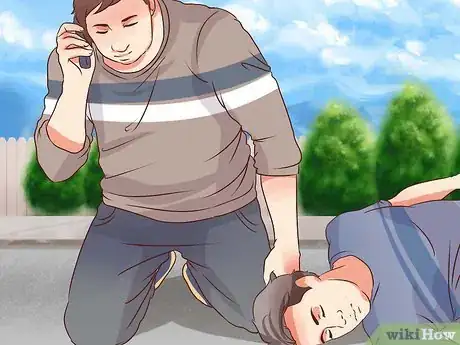
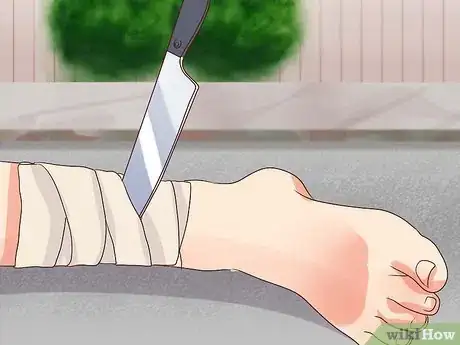
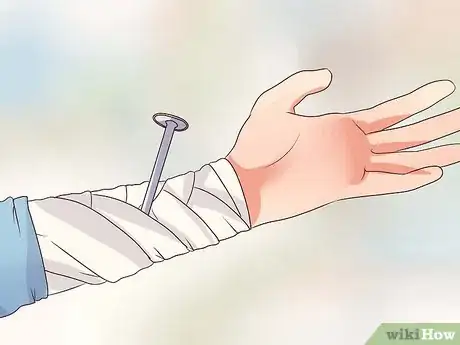

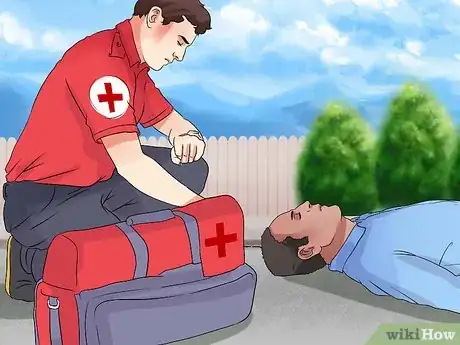
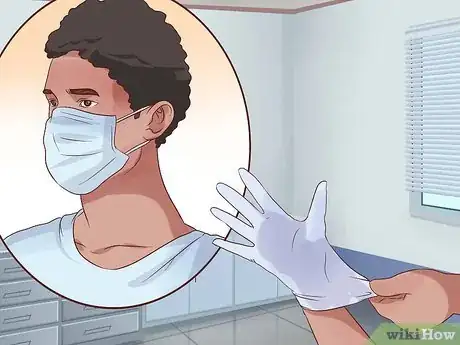
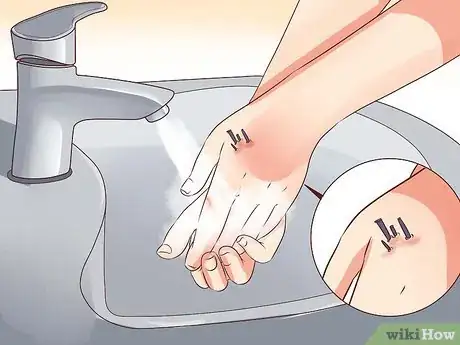
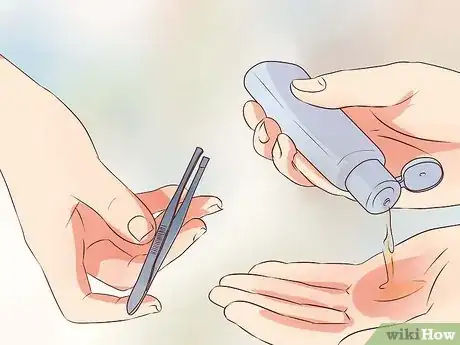
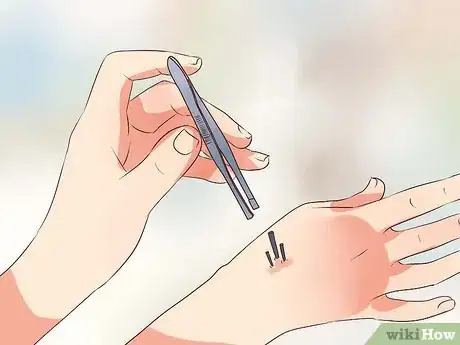

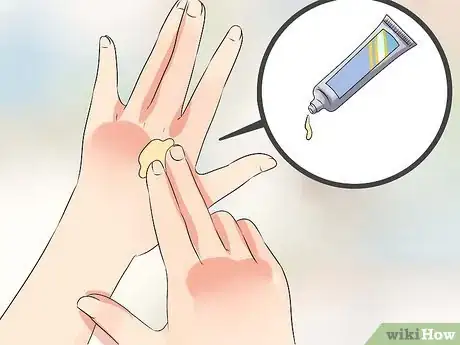
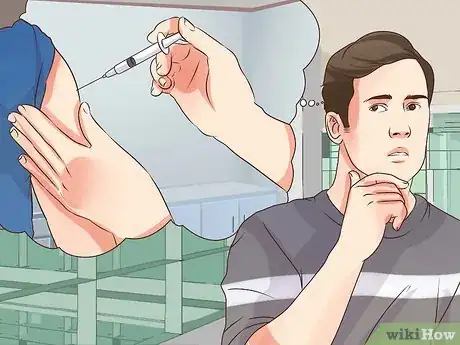
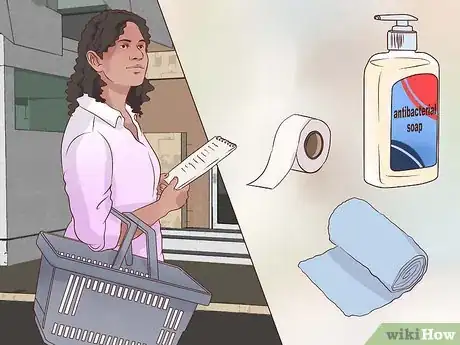
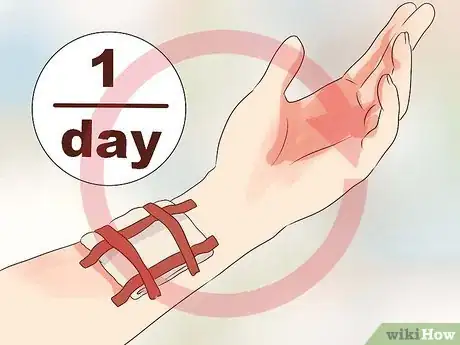
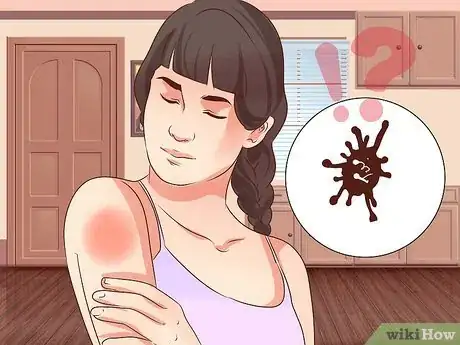
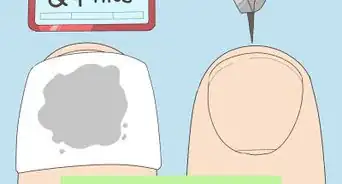
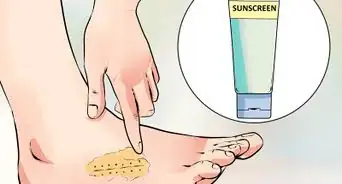


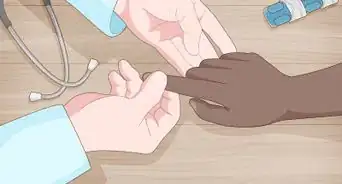
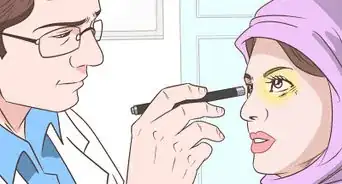

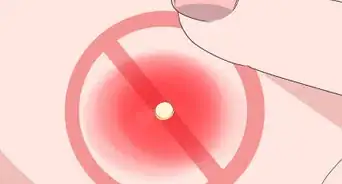
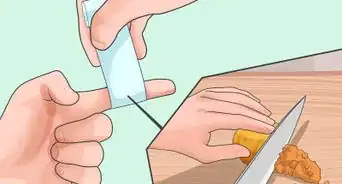
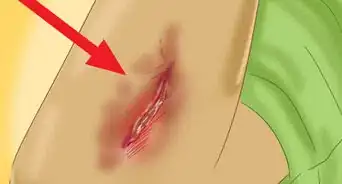

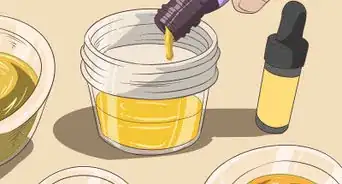







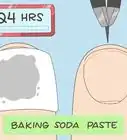
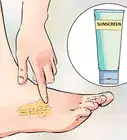

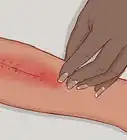



































Medical Disclaimer
The content of this article is not intended to be a substitute for professional medical advice, examination, diagnosis, or treatment. You should always contact your doctor or other qualified healthcare professional before starting, changing, or stopping any kind of health treatment.
Read More...